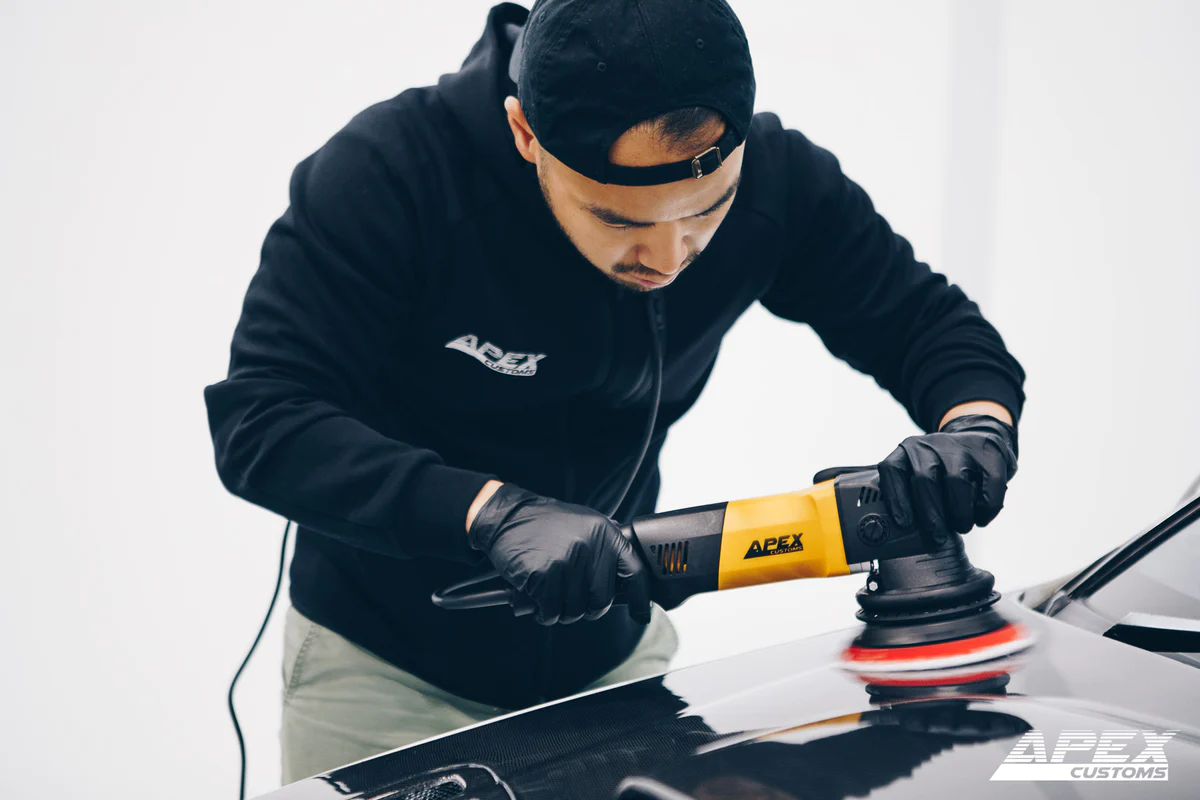Achieving a professional-grade finish on your car is more than just a final touch—it’s an art that requires precision, the right tools, and techniques.
Whether you are a car enthusiast or a professional detailer, understanding the nuances of finishing can elevate your detailing game.
This guide will provide you with detailed insights on how to finish your car like a pro.
Understanding the Importance of Finishing
What is Finishing?
Finishing refers to the final stage of car detailing that involves polishing the paintwork to remove minor imperfections, enhance gloss, and prepare the surface for protection. This step is crucial in achieving a flawless, mirror-like shine.
Why Finishing Matters
- Aesthetic Appeal: A well-finished car looks stunning, with deep reflections and a smooth surface.
- Surface Preparation: Proper finishing preps the paint for the application of protective layers like wax, sealant, or ceramic coatings.
- Value Retention: Regular finishing can help maintain your car’s value by preserving the paint’s integrity and appearance.
Essential Tools and Products for Polishing
To achieve a professional finish, you need the right tools and products. Here are the essentials:
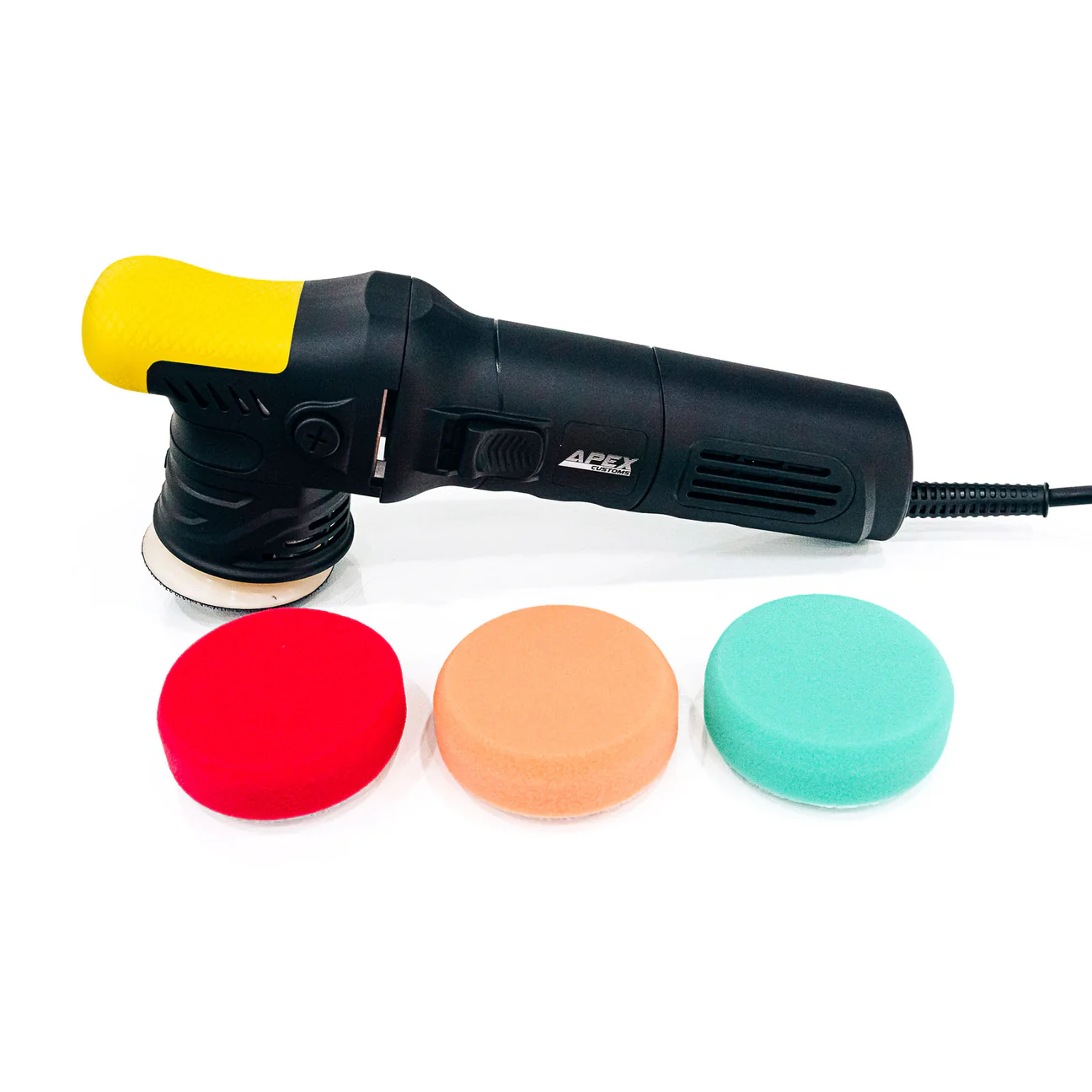
Polishers:
- Dual Action (DA) Polisher: Ideal for beginners and safe for most paint types.
- Rotary Polisher: Offers more power and precision, best for experienced users.
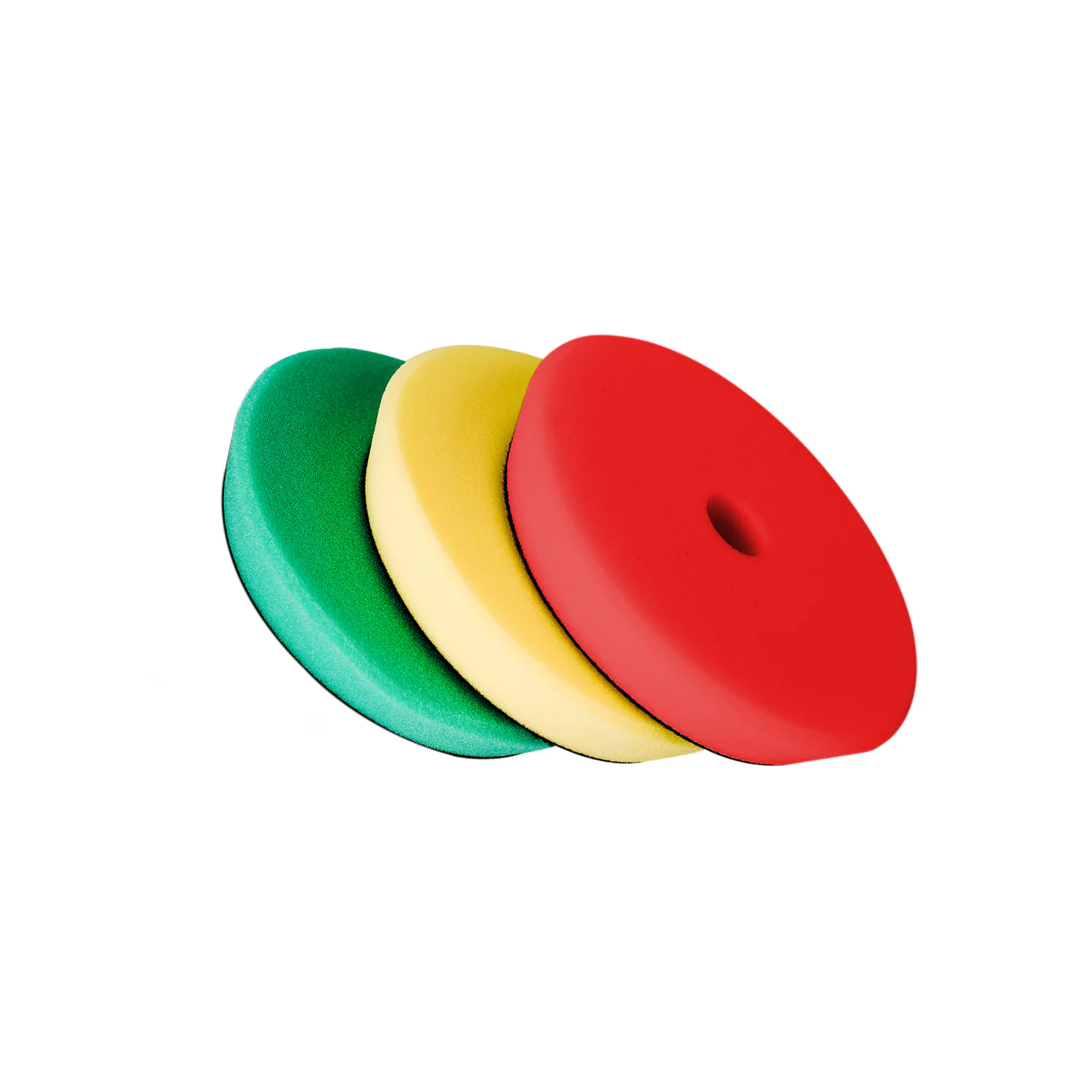
Pads:
- Foam Pads: Available in various levels of abrasiveness for cutting, polishing, and finishing.
- Microfiber Pads: Effective for cutting and finishing, providing a versatile option.
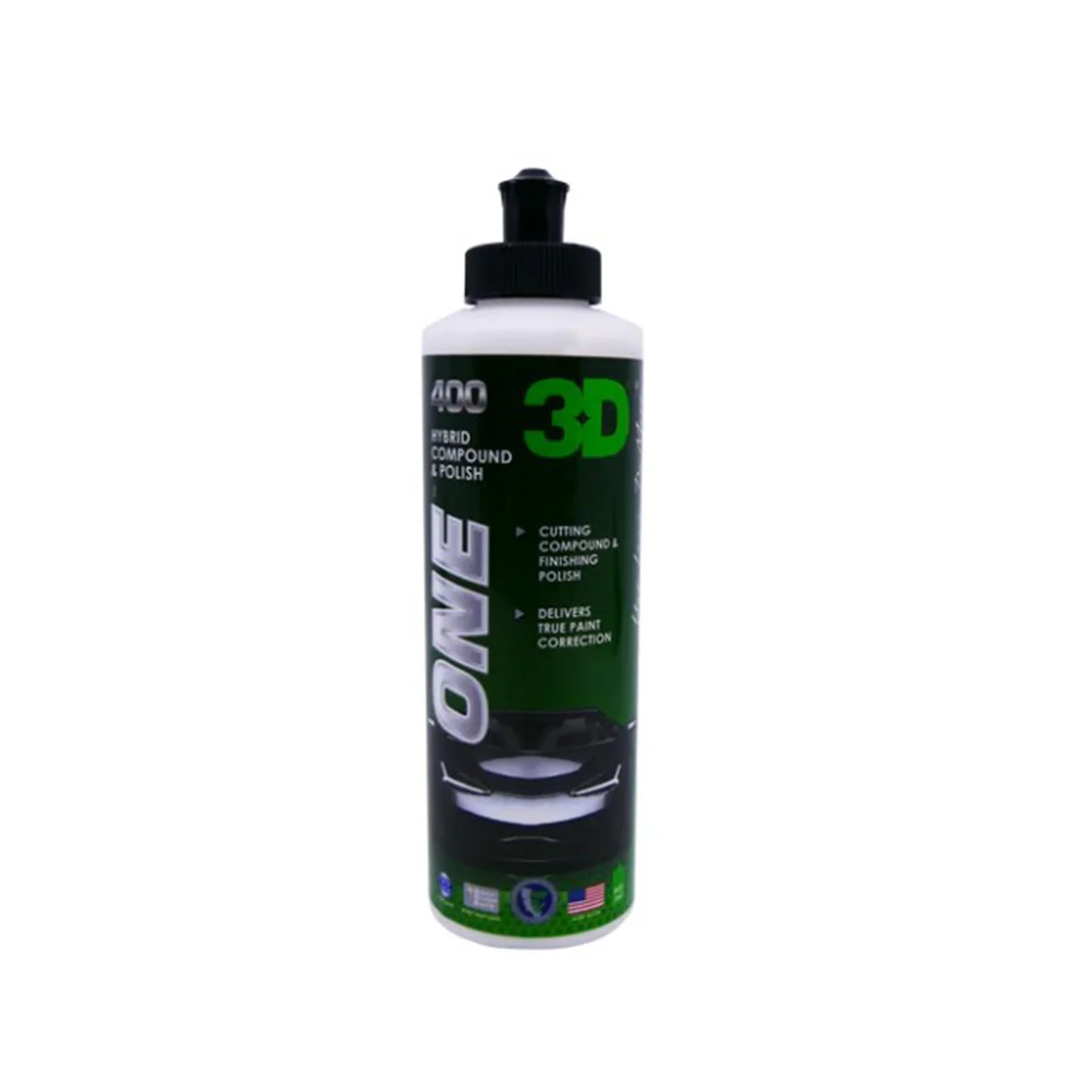
Compounds and Polishes:
- Cutting Compound: Removes heavy imperfections.
- Polishing Compound: Refines the surface and enhances gloss.
- Finishing Polish: Provides the final touch for a flawless finish.
Step-by-Step Guide to Achieving a Perfect Finish
Step 1: Preparation
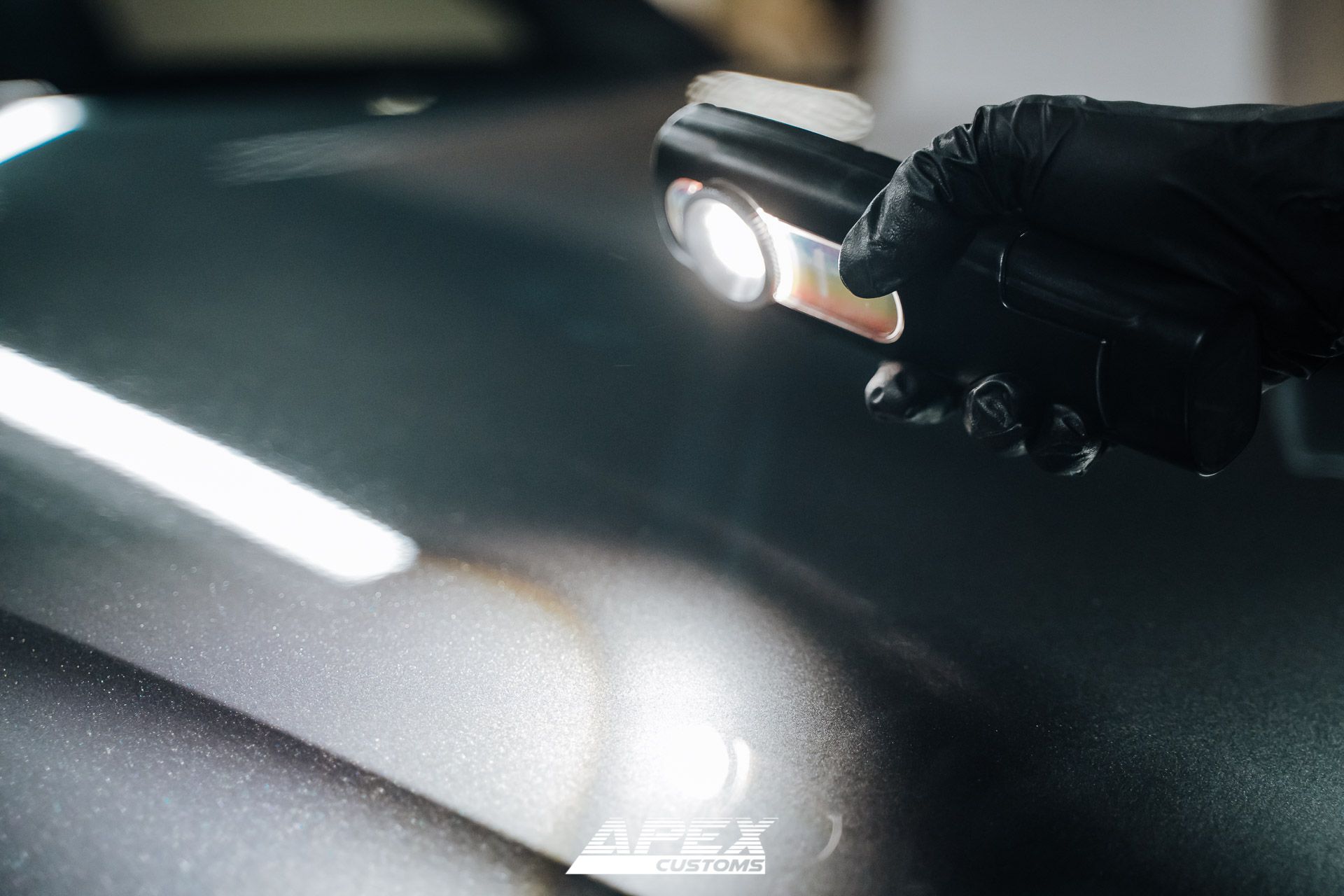
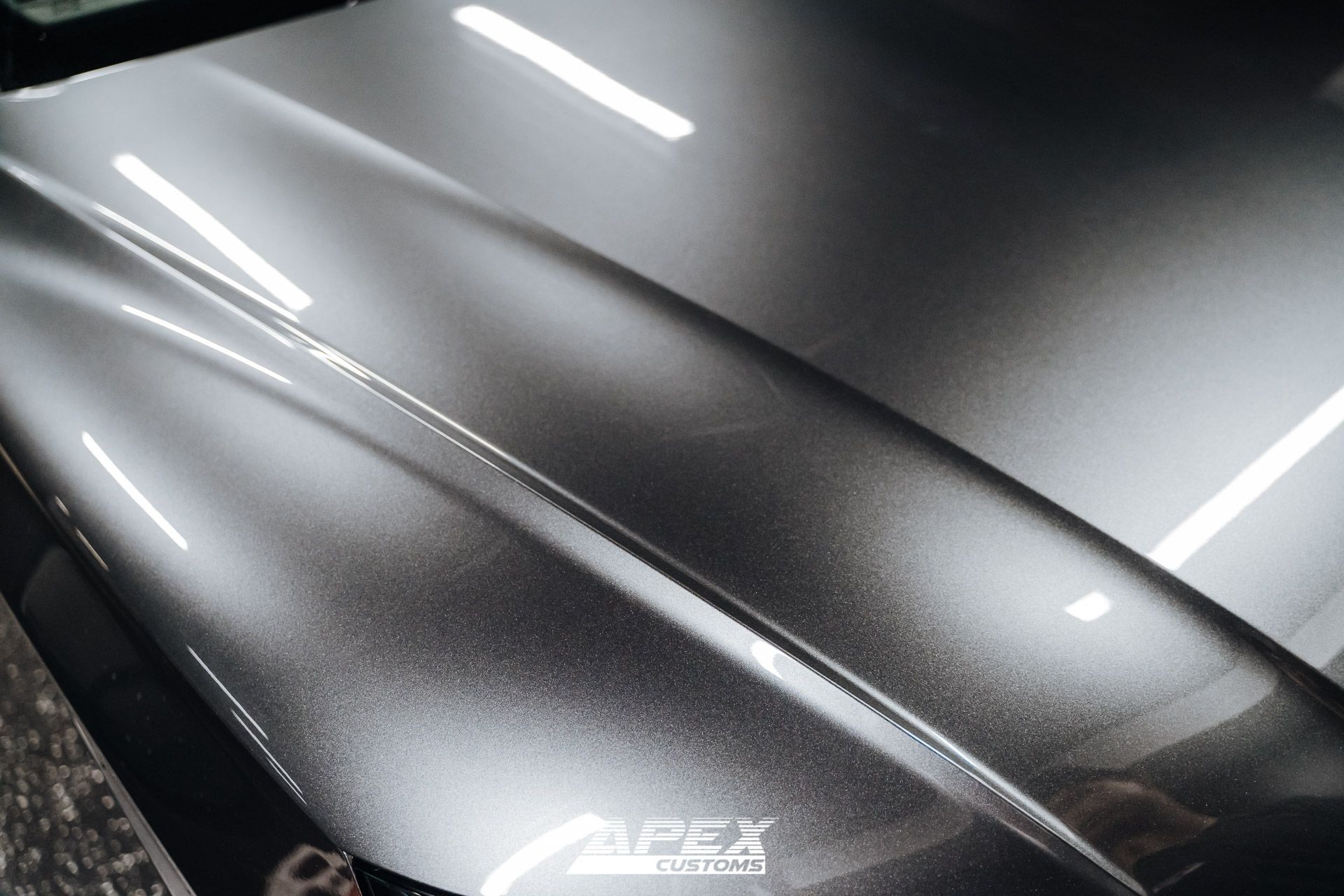
- Wash and Decontaminate: Thoroughly wash your car to remove all dirt and contaminants. Use a clay bar to remove embedded particles.
- Inspect the Paint: Identify areas that need correction and assess the severity of imperfections.
Step 2: Choose the Right Products

- Select the appropriate polisher, pad, and compound based on the condition of your paint and the desired outcome.
Step 3: Polishing Process
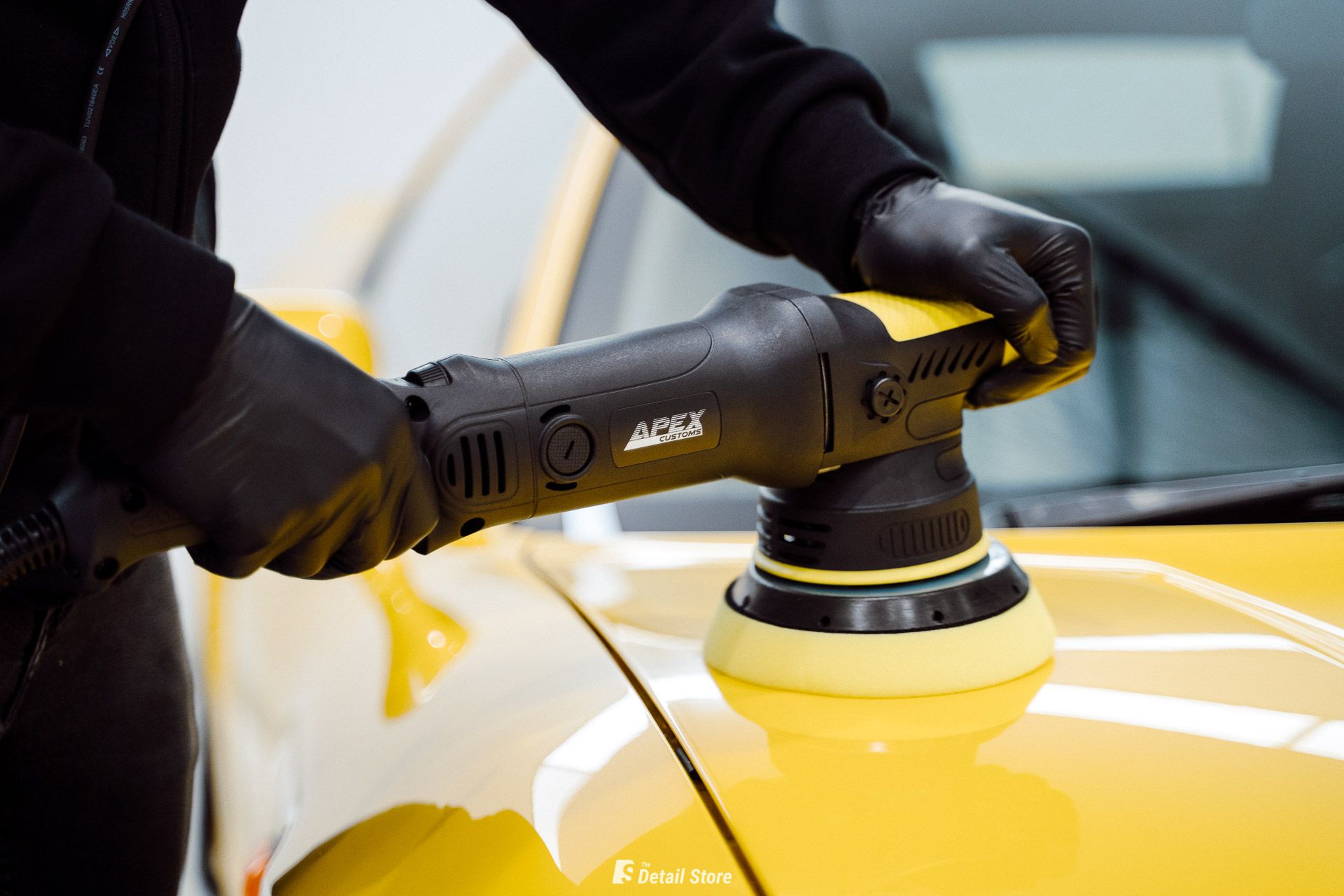
- Apply Compound: Start with a cutting compound to remove deeper scratches and oxidation. Work in small sections, using slow, overlapping passes.
- Polish: Switch to a polishing compound to refine the paint surface. Use a polishing pad and continue with slow, overlapping passes.
- Finish: Use a finishing polish with a soft pad to enhance gloss and clarity. This step ensures a smooth, mirror-like finish.
Step 4: Inspect Your Work

- After each stage, wipe down the area with a clean microfiber towel and inspect your work under proper lighting. Repeat any steps if necessary to achieve the desired finish.
Step 5: Apply Protection
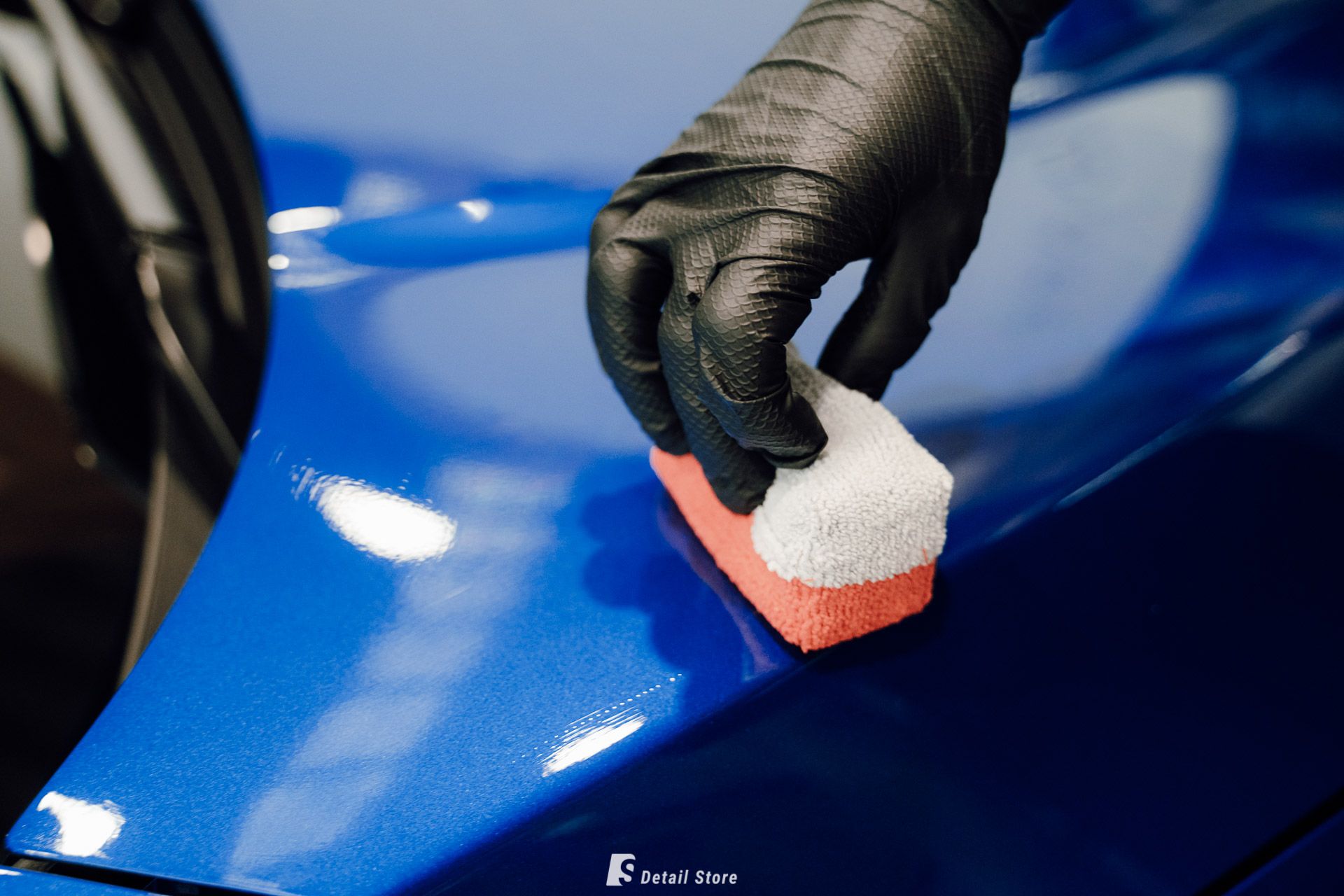
- Once the paint is flawless, apply a layer of wax, sealant, or ceramic coating to protect the finish and enhance its longevity.
Common Mistakes to Avoid
- Skipping the Prep Stage: Always wash and decontaminate your car before polishing.
- Using Too Much Pressure: Let the polisher and compound do the work; excessive pressure can damage the paint.
- Neglecting Pad Maintenance: Clean your pads regularly during the polishing process to avoid reintroducing contaminants.
Advanced Tips for a Showroom Shine

- Use Multiple Light Sources: Inspect your work under different lighting conditions to ensure no imperfections are missed.
- Keep Pads Clean: Use a pad cleaning brush to remove residue and maintain pad effectiveness.
- Work in a Controlled Environment: Avoid direct sunlight and extreme temperatures while polishing.
Get That Showroom Shine
Achieving a professional finish on your car is a rewarding process that enhances both the look and value of your vehicle.
By following the right steps and using the appropriate tools and products, you can finish like a pro and enjoy a showroom shine every time.
For more tips on perfecting your car’s paint, check out our comprehensive Paint Correction and Polishing Guides.
Frequently Asked Questions (FAQs)
While it’s possible to achieve good results by hand, a polisher provides more consistent pressure and better results.
Polishing should be done as needed based on the condition of your paint. Over-polishing can thin the clear coat.
Compounds are more abrasive and used for heavy correction, while polishes are less abrasive and used for refining and finishing the surface.
It’s best to use different pads for each product to avoid cross-contamination and achieve the best results.
Use a clean pad, proper technique, and appropriate products. Avoid applying too much pressure and work in small sections.
Clean pads immediately after use with a pad cleaner or mild detergent. Rinse thoroughly and allow them to air dry.
-

Calvin brings a wealth of experience across multiple engineering disciplines, including chemical, mechanical, and electrical engineering. His in-depth knowledge of filtration systems and hydraulic pumps has positioned him as an expert in the pressure washer product category. With a unique combination of technical expertise and business insight, Calvin excels at solving complex challenges and driving innovation, particularly in the car detailing industry.
-

Aaron is a passionate car detailing enthusiast who channels his expertise and love for pristine vehicles into engaging blog content for a leading detail store website. With a keen eye for detail and a wealth of knowledge about the latest products and techniques, Aaron provides invaluable insights and tips to fellow car enthusiasts. His dedication to achieving showroom-quality results and his ability to explain complex processes in an easy-to-understand manner make his blog a go-to resource for anyone looking to elevate their car detailing game.

